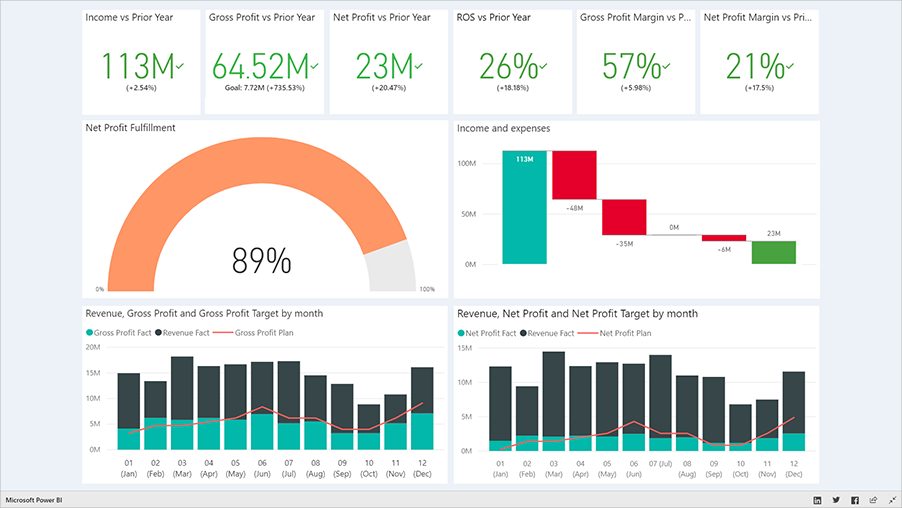
Sales Analytics: Revealing the Power of Data in Sales
How to increase sales?’ is the question that appears on the agenda in every company regardless of its size and the industry it operates in. For me, the answer seems to be rather obvious – with robust sales analysis. But still, sales departments of many companies don’t have such. This makes me think that the real value of sales analytics is underestimated, so let me share my thoughts about the issue.
What is sales analytics? In the general sense, sales data analytics is a process of generating actionable insights out of sales-related data to find ways to boost sales performance.
At ScienceSoft, we usually define 4 types of sales analytics:
- Descriptive sales analysis aims at interpreting historical sales data collected from a variety of sources to draw conclusions. Its results help you answer such questions as ‘What were the company’s total sales last quarter?’ or ‘What products/services were best-selling last month?’
- Diagnostic sales analysis makes one step further as its results offer you possible reasons for a certain outcome. Thus, after conducting some thorough diagnostic analysis, you may find out that the decrease in your quarterly sales was connected with the recent updates in a Google algorithm, which affected your web pages ranking in search results and, consequently, your web traffic.
- Predictive analytics serves to mine historical data to produce forecasts for the future, and it can be conducted with such advanced technologies as machine learning and artificial intelligence. To get an example of this sales analytics type, explore one of Anoixi Link’s projects, in which our experts helped a dairy manufacturer receive an accurate sales forecast with data science.
- Prescriptive sales analytics, combining the results of all of the above analytics types, aims at recommending a particular set of actions to take to gain a desirable outcome. For example, after analyzing customer behavior patterns, a sales rep sees an optimal strategy to close more deals with each customer segment.
- What benefits does sales analytics offer?
 Core components of sales analytics: To start with quality sales analytics, you need a dedicated solution with the following components:
Core components of sales analytics: To start with quality sales analytics, you need a dedicated solution with the following components:- Data integration layer – to collect data from internal (CRM, accounting software, website) and external data sources (social media, public data – weather, epidemiological data, survey data) for all-rounded sales data analysis.
- Data management layer – to ensure high data quality and data security.
- Data analysis layer – the combination of the required data analytics types to suit particular business needs.
- Analytics outcomes layer – to deliver analytics insights to decision-makers in a suitable visual format (presentations, reports and dashboards). Below, you may see the examples of sales analytics dashboards we craft for our clients to let them answer any sales-related questions. If you want to dig deeper and see dashboarding in action, feel free to watch our BI demo.


 Core components of sales analytics: To start with quality sales analytics, you need a dedicated solution with the following components:
Core components of sales analytics: To start with quality sales analytics, you need a dedicated solution with the following components:

 December 21, 2019 - TARAFINDAN yönetim
December 21, 2019 - TARAFINDAN yönetim